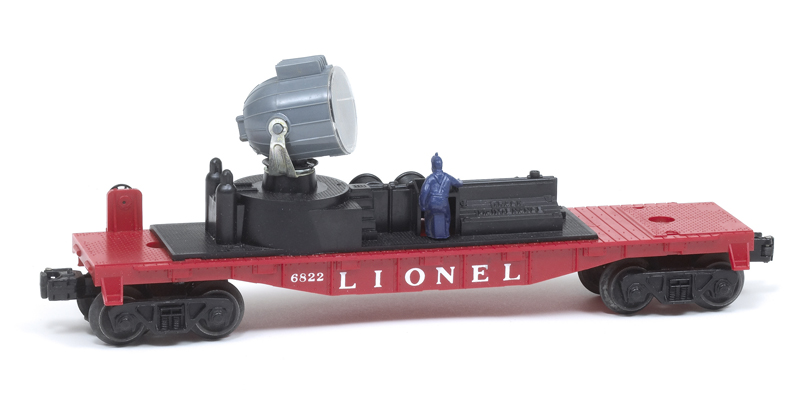
Improving a basic model: 1949-56 Lionel did not immediately fill its postwar line with a true searchlight car – just a work caboose equipped with a floodlight (No. 2420). The presence of a searchlight car in the rival American Flyer catalog, beginning in 1946, makes this omission more glaring. In 1949, Lionel brought out the […]
Read More…
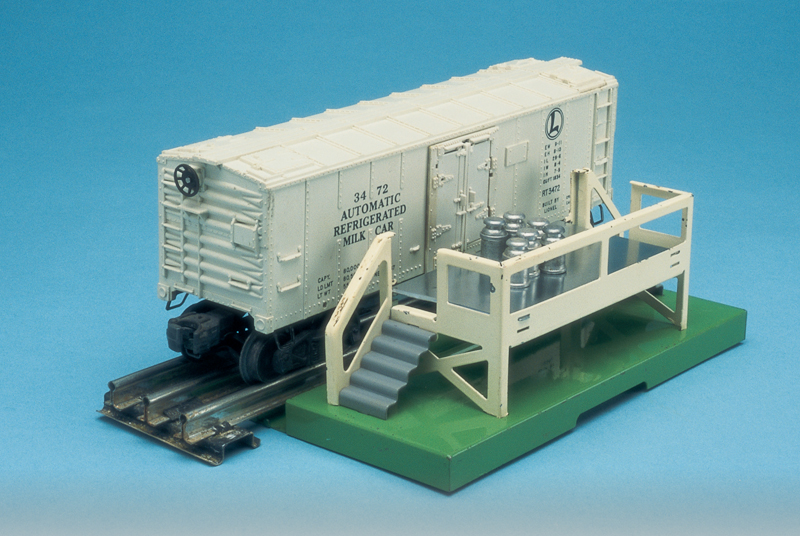
When you reach a certain age, every birthday deserves to be called a big one .Among other things, my celebration in July got me thinking about the toy trains that happened to be available when I was born in 1951. Specifically, I wondered what my dad might have bought for his infant son if he […]
Read More…
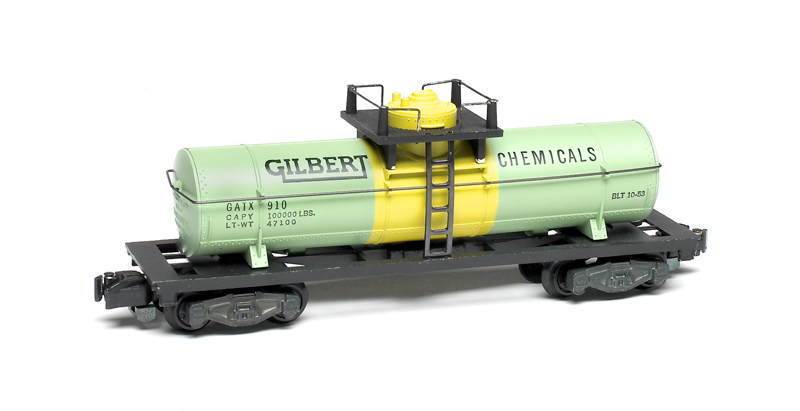
Despite the lack of play value in tank cars, boys wanted them because they reflected what kids saw in full-sized trains. So prewar manufacturers like Lionel and Ives developed tank cars, but hoped to do more with them. The breakthrough came in 1932, when Lionel worked out a licensing agreement with Sun Oil Co. Tank […]
Read More…
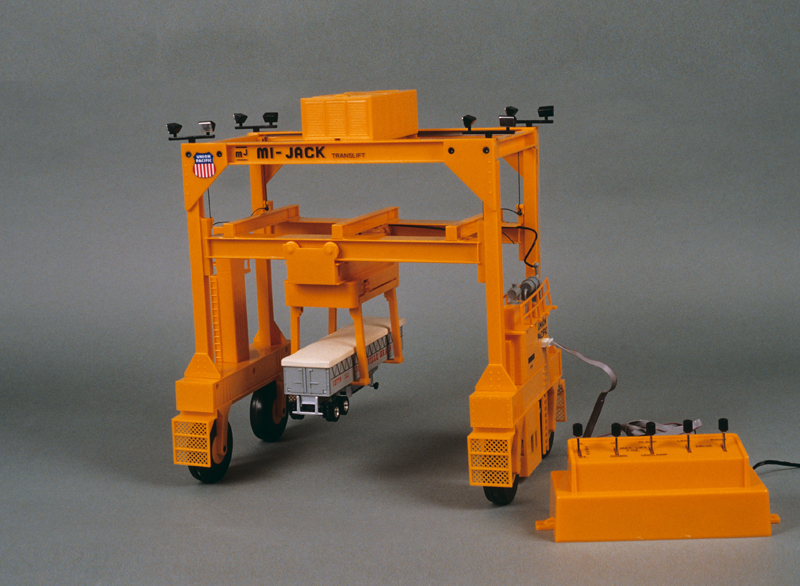
Prewar predecessors Cranes that can lift miniature cargo, rotate as they hold it, and lower it into a tray or a piece of rolling stock have been toy train staples since the first part of the 20th century. Perhaps the first such accessory made in America – certainly, the most celebrated of the prewar era […]
Read More…
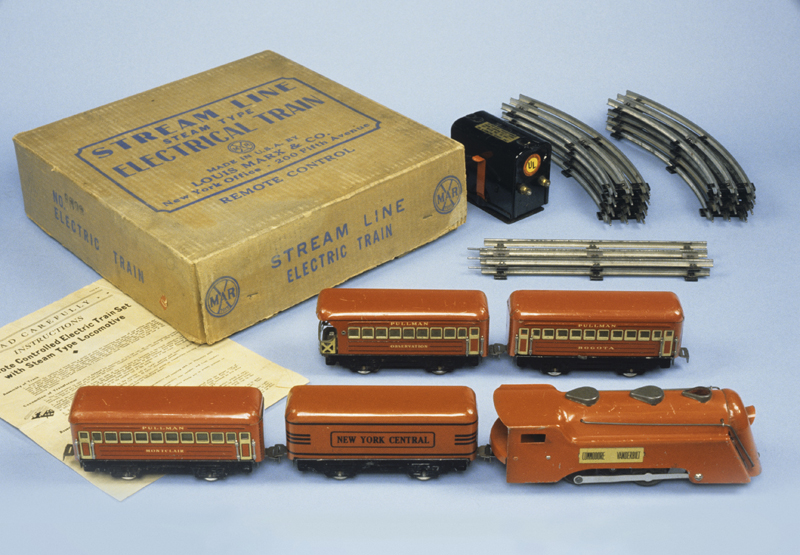
Starting in 1935, Lionel cataloged six models based on the Commodore Vanderbilt. None had a 4-6-4 arrangement, yet the look of the Nos. 264E, 265E, 289E, and 1689E (2-4-2s) and 1508 and 1511 (0-4-0s) made it clear these O and O-27 toys were derived from the sleek, curved design of America’s first streamlined steamer. Louis […]
Read More…
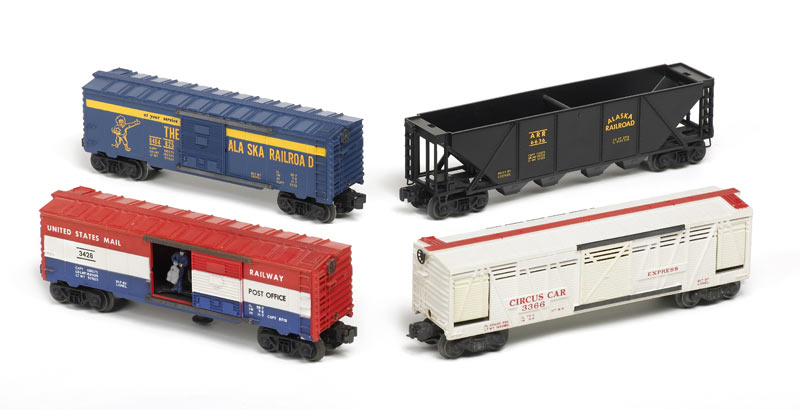
Lionel’s separate-sale items and accessories for 1959 Readers of our article on Super O and O-27 outfits cataloged in 1959 (September 2009 issue) will remember that the company experienced some earth-shaking changes in 1959. The turmoil started at the top, as Joshua Lionel Cowen sold control to Roy Cohn, his great-nephew. This confounding move by […]
Read More…
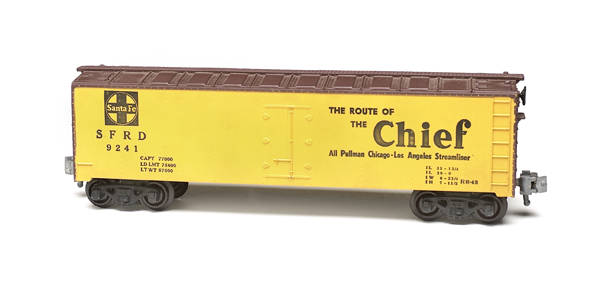
Established as American Model Toys in 1948, AMT had challenged Lionel in three areas. First were streamlined passenger cars designed to be pulled by Lionel’s F3 diesels. Second, AMT brought out O gauge diesels, called F7s but more closely resembling F9s. The final niche AMT sought to fill was the one occupied by near-scale freight […]
Read More…

In model railroading there are times where you may need a power reversing switch. A couple of examples are when you’re installing switch motors or adding a reverse loop to a direct-current layout. In this article, I’ll walk you through the steps of wiring a DPDT power reversing switch. What is a DPDT switch? For […]
Read More…
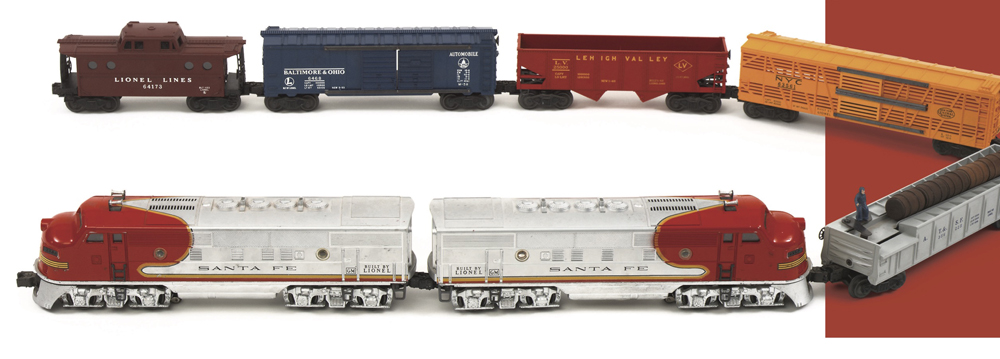
For toy train collectors looking to up their game to include more and collectible pieces without breaking the bank, consider Lionel’s 2227W from 1954. Set No. 2227W, which had a retail price of $69.50 ($795 in 2023 dollars), relied on an iconic A-A combination of Santa Fe F3 diesels as its motive power. The […]
Read More…

After Gilbert acquired the assets of American Flyer in 1938, it set out to develop a line of 3/16-inch scale models that ran over three-rail track. The firm announced the debut of a die-cast metal 4-6-4 Hudson and tender the next year. The men assembling Gilbert’s first S gauge line for 1946 were eager to […]
Read More…
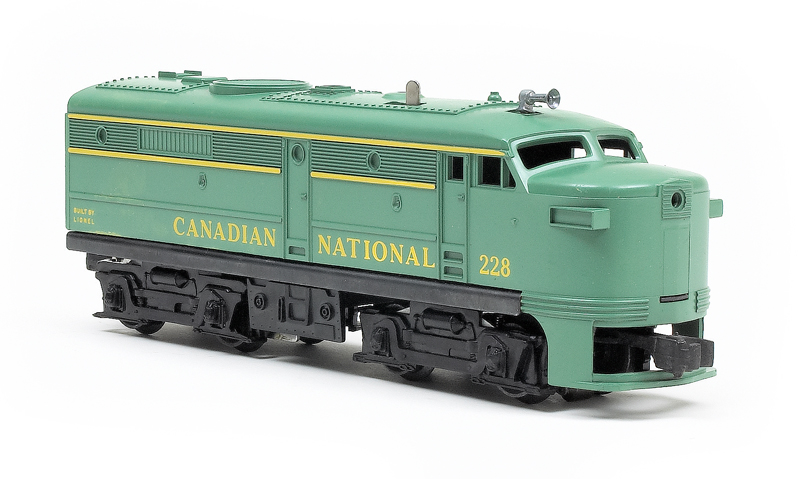
In the years after World War II, Lionel strengthened its presence in Canada by working closely with the heads of its sales office in Toronto. Roy Clarke and his son, William, represented the toy train giant and made sure Lionel had a significant presence in department stores and retail chains across Canada. Evidence of Lionel’s […]
Read More…
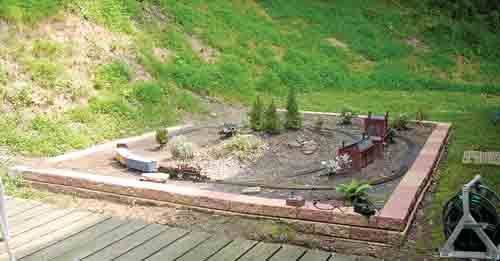
Hardscaping, the subset of landscaping that includes outdoor paths, walls, and other things not made from plant or soil matter, can enhance the setting of many garden railways. Railway sites are also easier to maintain if they are elevated. I recently built a retaining wall for my railroad, the JS&A. The wall defines the railway […]
Read More…












